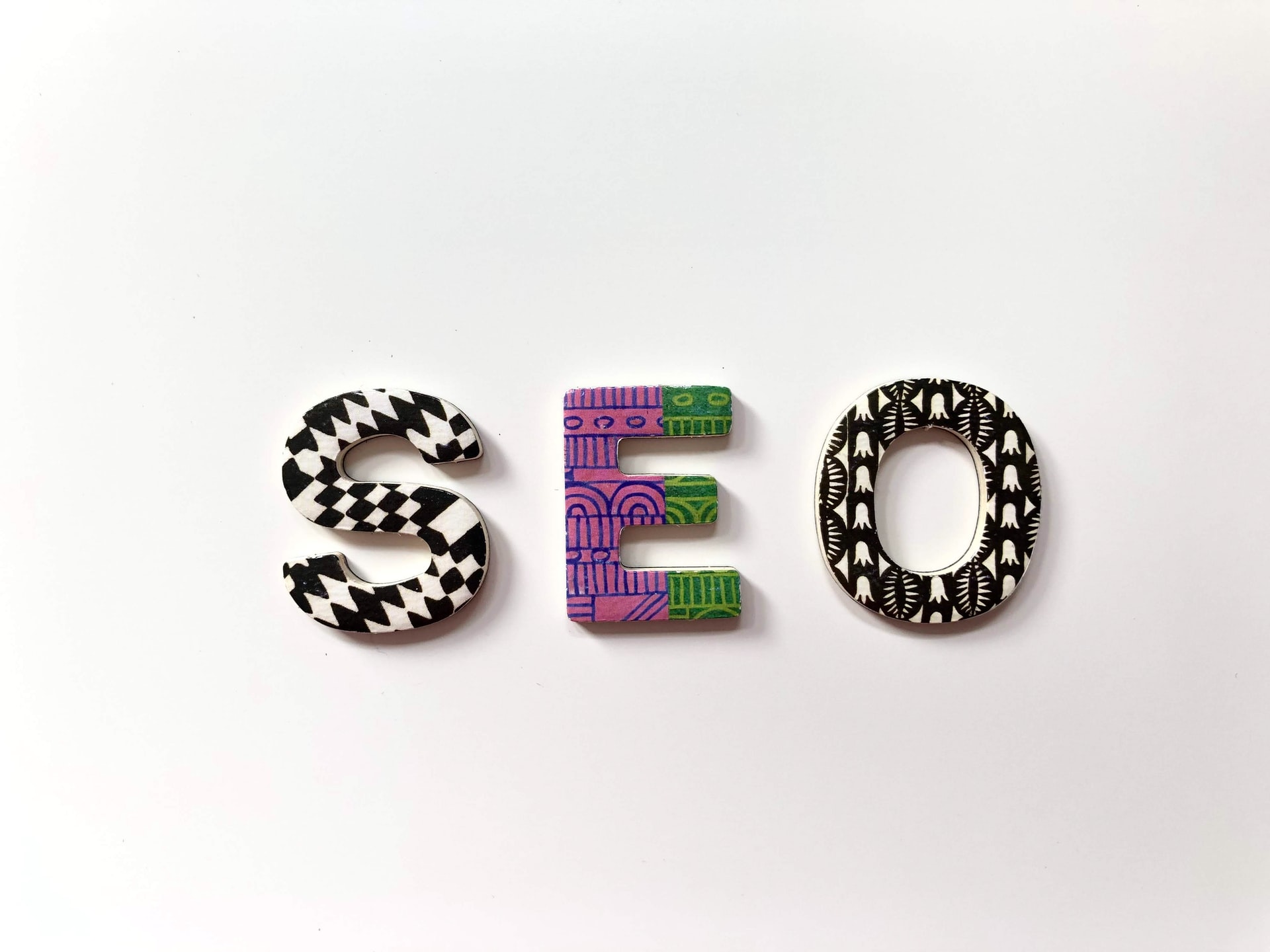Are you tired of watching your e-commerce website struggle to make it to the first page of Google? Is your SEO strategy a mess of keywords and hopes, but no real results? Yep, we’ve all been there. The truth is that mastering SEO isn’t about stuffing a page with keywords and crossing your fingers. It’s about having a solid, actionable plan.
Ready to find out how to make your website a search engine magnet?
So, let’s get started.
Step 1: Conduct Keyword Research That Actually Works
Here’s the thing: not all keywords are created equal. Sure, “buy shoes online” sounds great, but do you know how many competitors are fighting for that exact phrase? Thousands. Instead, you need to dive deep into the long tail keywords that cater specifically to your niche. These are often less competitive and more targeted—think “women’s vegan running shoes size 8.”
How to Nail It:
- Use tools like Google Keyword Planner, Ahrefs, or SEMrush to find those hidden gems.
- Focus on intent: What is your customer trying to solve with their search?
- Remember LSI (Latent Semantic Indexing) keywords, which are related terms that can help search engines understand your page’s context.
Are you overwhelmed yet? Hang tight. You’ve got this.
Step 2: Optimize Your On-Page SEO Like a Pro
Now that you’ve got your keywords, it’s time to sprinkle them in all the right places. But wait—this isn’t about cramming every keyword into your product description. Instead, think strategically. You want your keywords to appear naturally across your page titles, meta descriptions, headers, and throughout your content.
On-Page SEO Hotspots:
| Aspect | Details |
|---|---|
| 🏷️ Title Tags | Keep them under 60 characters and include your primary keyword upfront. |
| 📄 Meta Descriptions | Entice clicks with a compelling 155-character summary featuring your keyword. |
| 📚 Headers (H1, H2, etc.) | Break up your content and include keywords naturally in these spots. |
| 🔗 Internal Links | Link to other relevant pages to improve site navigation and SEO. |
| 🖼️ Image Alt Text | Describe your images using keywords to help with image search traffic. |
If your on-page SEO isn’t sharp, it doesn’t matter how many backlinks you get. It’s the foundation, people.
Step 3: Speed Up Your Site – Because Nobody Likes Waiting
How long do you wait for a page to load? If it’s more than three seconds, you’re already losing customers. Page speed is crucial not only for user experience but also for SEO rankings. Google has made it crystal clear: slow websites won’t survive.
Quick Wins to Boost Speed:
- Optimize images: Use WebP format and compress them without losing quality.
- Enable browser caching: This helps returning visitors load pages faster.
- Use a Content Delivery Network (CDN): This reduces latency and boosts load times globally.
You’ve got the speed sorted. Now let’s talk about why people will actually want to stay on your site.
Step 4: Create Killer Content That Converts
Good content does more than just rank—it converts. For e-commerce, this means product descriptions that don’t read like boring spec sheets, blog posts that answer real questions, and landing pages that scream, “Buy me!”
Types of Content to Focus On:
| Content Type | Purpose |
|---|---|
| ✏️ Product Descriptions | Highlight benefits, not just features. Use storytelling if possible. |
| 📝 Blog Posts | Educate, inform, and subtly push products as the solution. |
| 🛍️ Buying Guides | Help customers choose the right product, boosting purchase confidence. |
| 📊 Case Studies/Testimonials | Show real-life success stories to build trust and social proof. |
Nobody wants to read a bland, robotic product description. Make them fun, engaging, and most importantly, valuable.
Step 5: Build Backlinks Without Being Spammy
Backlinks are like votes of confidence from other websites, telling Google, “Hey, this site knows what it’s talking about!” But quality over quantity, please. One link from a high-authority site is worth more than dozens from low-quality, spammy pages.
Smart Link-Building Strategies:
- Guest blogging: Write valuable content for reputable sites in your niche.
- Influencer outreach: Collaborate with influencers who can link back to your products.
- Broken link building: Find broken links on other sites and suggest your content as a replacement.
Remember, link-building isn’t about gaming the system—it’s about creating genuine, valuable connections.
Don’t know where to begin? That’s where this article is going to help. Whether your site sells pet food, vape juice or clothing, the basic SEO principles for all websites are exactly the same. Follow this simple 5-step checklist, and you’ll give your site the best chance to start generating profitable traffic immediately.
Optimize Your Home Page Around Your Site’s Primary Keywords
Your homepage isn’t just the face of your e-commerce site—it’s the cornerstone of your SEO strategy. The keywords you target here should reflect the main themes of your business, capturing the essence of what you offer. Think of your primary keywords as the foundation of your SEO house.
For example, if you run an e-commerce store that sells computer hardware, some primary keywords might include “computer hardware,” “computer parts,” and “computer components.” But don’t stop there. Dive deeper into related terms like “PC hardware,” “PC parts,” and “PC components” to capture a broader audience.
Actionable Tips:
- Keyword Synonyms and Variations: Don’t just stick to exact matches. Incorporate synonyms and closely related terms that people commonly use. For instance, “computer” can also be “PC,” “laptop,” or even “desktop.” Use these variations naturally across your homepage content to catch different search intents.
- Place Keywords Strategically: Ensure your primary keywords are strategically placed in high-visibility areas like your main headline (H1), subheadings (H2), and introductory paragraphs. This helps search engines quickly identify the focus of your page.
- Create an Engaging Introductory Section: Write a compelling intro that succinctly explains who you are, what you sell, and why your business is unique. Aim for at least 300 words of high-quality content that naturally incorporates your primary keywords without feeling forced.
- Optimize Meta Tags: Your homepage’s title tag and meta description should be concise, compelling, and keyword-rich. Use the primary keyword early in your title, and craft a meta description that invites users to click by highlighting your unique value proposition.
- Schema Markup: Implement schema markup for your business details. This can enhance your search listings with rich snippets, improving visibility and making your site stand out among competitors.
Give Your Site a Logical Structure
A well-structured website is like a well-organized store—it helps customers (and search engines) find what they need quickly and efficiently. A logical site structure isn’t just good for usability; it’s also a major SEO asset. By organizing your content in a clear hierarchy, you help search engines understand the relationships between your pages, thereby boosting the visibility of your most important content.
Actionable Tips:
- Breadcrumb Navigation: Use breadcrumb navigation on every page. This not only enhances user experience by showing users their path but also helps search engines understand your site’s structure.
- Clear URL Structure: Use descriptive, keyword-rich URLs that reflect your page hierarchy. For instance, instead of a vague URL like “/product123,” opt for something like “/computer-parts/keyboards/logitech-craft-keyboard.”
- Internal Linking Strategy: Every page should link back to the one above it in the hierarchy. For example, a product page should link back to its category page, and the category page should link back to the homepage. This reinforces page importance and keyword relevance.
- Siloing Content: Create content silos that group related pages together. For example, have a silo dedicated to “Computer Parts” with subcategories for “CPUs,” “Memory,” “Storage,” etc. This improves navigation and creates a strong topical focus that search engines love.
- Dual Navigation Paths: Consider having dual navigation paths—one based on product type and another based on brand. This allows users to shop how they prefer, whether by category or brand name, enhancing user experience and potentially increasing sales.
Optimize Your Category Pages Around Your Site’s Secondary Keywords
Category pages are often underutilized but can be a goldmine for SEO if done right. Think of them as mini-homepages, each dedicated to a specific subset of your products. Optimizing category pages around secondary keywords—those that describe specific product types or features—can drive significant traffic.
Actionable Tips:
- Keyword-Rich Descriptions: Add keyword-rich descriptions at the top and bottom of each category page. Don’t just list products; explain what makes the products special, provide buying tips, or highlight popular brands.
- User-Friendly Filters: Implement product filters based on attributes like brand, price, and ratings. This improves user experience and creates indexable pages that target long-tail keywords, driving more traffic.
- FAQ Sections: Add FAQ sections on category pages to address common customer queries. This enhances user engagement and helps capture voice search traffic, which often revolves around questions.
- SEO-Friendly Pagination: Use rel=”next” and rel=”prev” tags for paginated category pages to help search engines understand the sequence and ensure all content is indexed properly.
- Visual Content: Use high-quality images, infographics, or videos to make category pages more engaging. Visuals can help reduce bounce rates and increase time spent on the page, both of which are positive signals to search engines.
Optimize Your Product Pages Around the Names of Those Products
Product pages are where the magic happens. When someone lands on a product page, they’re often just a click away from a purchase. Therefore, optimizing these pages around the exact product names is crucial. But it’s not just about slapping the product name everywhere—you need to create compelling, informative content that answers every possible question a buyer might have.
Actionable Tips:
- Unique Product Descriptions: Write unique, engaging descriptions that highlight benefits, features, and key selling points. Avoid using manufacturer descriptions; instead, focus on how your product solves a problem or meets a need.
- High-Quality Visuals: Use multiple high-quality images, 360-degree views, or videos showcasing the product in action. Rename image files to include keywords and add keyword-rich alt text for each image.
- Rich Snippets: Implement structured data markup for product pages to enable rich snippets that display price, ratings, and availability directly in search results. This can significantly boost your click-through rates.
- Customer Reviews and Ratings: Encourage customer reviews as they provide fresh content, build trust, and can positively impact your SEO. Use schema markup to display these reviews in search results.
- Answer Common Questions: Add a Q&A section on product pages to address common customer questions. This not only provides value to shoppers but also targets question-based search queries.
- Call to Action: Use clear, compelling calls to action (CTAs) that guide users toward making a purchase. Phrases like “Add to Cart” or “Buy Now” should be prominent and easy to spot.
By implementing these strategies, you’re not just optimizing for search engines; you’re enhancing the overall shopping experience for your customers, which ultimately drives higher conversion rates and repeat business.




